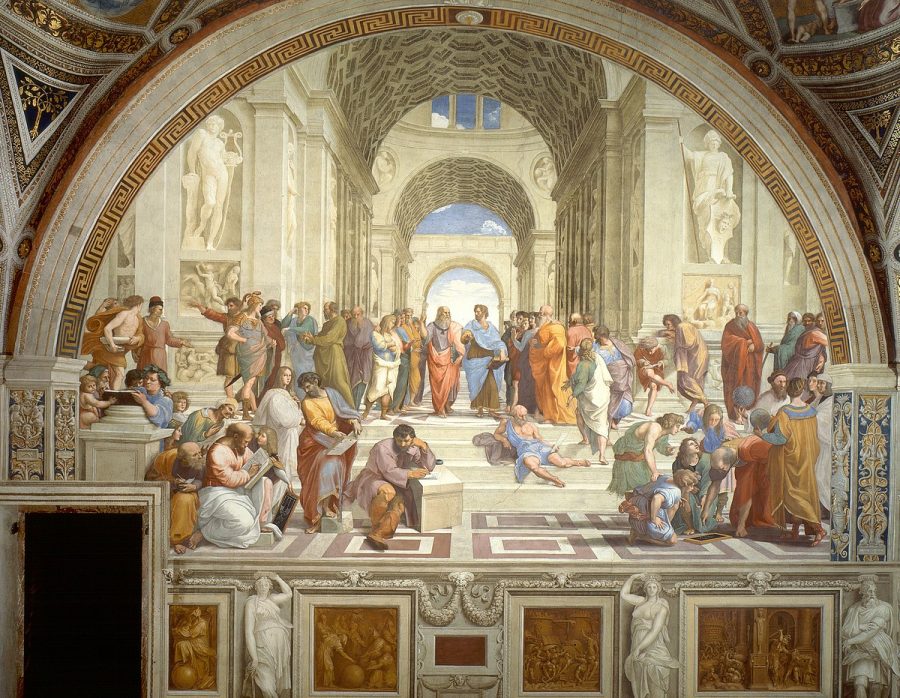The History of Our World, the AP Way
Almost every credit requirement offered at Seven Lakes has AP class options, which allows students to get their requirements out of the way while also earning college credit and boosting their GPA. However, some AP classes make for some great social studies electives, whether it be AP European History with its deep dive into the history of Europe, or AP Art History with its analysis of art through the ages. These are some useful classes for students who want to earn college credit and a higher GPA while also pursuing subjects that they may like and learning various new skills.
“Even though history may not be your major, AP European History has been shown to do very well on college applications,” AP History teacher Sara Flora said. “Having another AP class, especially one with critical thinking skills such as AP European History, looks really good towards colleges because it shows a diverse range of things you did in high school regardless of your major.”
Flora will be teaching AP European History for 2023-24, as long as enough people sign up for the class this year.
“It’s been a very popular class at Seven Lakes,” Flora said. “It did not make the cut last year, however, we’re trying to bring it back as it is a really fun class that covers a lot of interesting history that you may not be able to get in your other history classes.”
Another AP social studies class, Art History, while awarding fine arts credits along with a higher GPA, can be more than just a tool to meet graduation requirements. It’s also a great way to learn more about different styles of art from different places and different ages.
“The most exciting part of AP Art History is that students are exposed to a wide variety of cultures through art and architecture,” AP Art History teacher Ellen Pickens said. “This course begins with Prehistoric art and moves through European and American art, but we also study art and architecture from the Indigenous Americas, Africa, Western and Central Asia, South, East, and Southeast Asia, and the Pacific. We conclude the course with global contemporary artists that reflect everything we have learned.”
The class is also a great way for diverse groups of students to come together and learn about different forms of art, while being exposed to a variety of cultures.
“One reason I love teaching the course is because I am exposed to a wide variety of students representing different cultures,” Pickens said. “Some of my students have actually been to places we study, like the Forbidden City in China, the Taj Mahal in India or even Machu Picchu in Peru. It is exciting to hear first hand accounts of these places.”
Art History is ultimately a way of viewing the history of the world through studying and analyzing various forms of expression, which makes the class enriching and all the more relevant in today’s world.
“It is learning about different cultures through the visual and contextual analysis of art. The course is a great way to learn about the history of the world,” Pickens said. Through the study of art, we discuss how politics, war, migration, psychology and humanity affect the creation of art and architecture.“
Tejas is a senior in his third year on the Torch staff. He loves journalistic writing and is excited to run and showcase the Torch as co-editor-in-chief. Aspiring to pursue mechanical engineering in university, he’s also really passionate about Indian...


